Download top and best high-quality free Lines PNG Transparent Images backgrounds available in various sizes. To view the full PNG size resolution click on any of the below image thumbnail.
License Info: Creative Commons 4.0 BY-NC
A line in graphics can be defined as a single point that extends across a distance or as the link between two points. In graphics, the aim of a line is to assist the artist in communicating to the viewers what they should be viewing or paying attention to. Shape, color, texture, value, perspective, and form are all examples of design concepts that include line. Straight, curved, continuous, dotted, thick, thin, actual, and inferred lines are just a few examples of how lines might look. In drawings and other artworks, line may be utilized to create structure and tone.
The separation of boundaries in a work is one of the most common applications of lines. It’s frequently employed in pictures to assist readers identify between a subject’s borders or boundaries, as well as to create distinct forms. In cartoon style images or animations, the employment of lines, or outlining, to convey a feeling of form is most popular.
Another way that line may be used in graphics is to indicate a tone or vibe in a piece. Vertical lines can provide the impression of strength or stability. A image of a row of trees generating a succession of vertical lines is an example of this. Horizontal lines can be utilized to convey a sense of calm, tranquillity, or indifference. The boundary between a lake and the coastline in a picture, which seems to be a horizontal line, is an example of this. Diagonal lines can be utilized to add drama or excitement to a scene. Something offset in an artwork that provides a sensation of intrigue or energy is an example of this.
Another way to employ line is to direct the viewer’s attention to what the artist wants them to see. Because a spectator’s eyes will naturally follow a line to where it leads, an artist might use lines to guide the audience to the most important topic or to drag the viewer around a picture.
In graphic design, lines do not necessarily have to be straight and can take on a variety of forms. They can take the form of a rectilinear (straight) or curvilinear (curved) line. Straight lines are frequently utilized to convey the tone of an artwork. Curved lines are frequently employed to guide the viewer’s eye around a piece of art. Both are frequently employed in the development of unique forms and items.
The length and breadth of lines can also vary. A line is anything that is longer than a single point, and lines can go on endlessly. Any line, no matter how thick, that is thin enough to not be deemed a single point or dot is still regarded a line. Using multiple lengths and widths in a piece of art may provide diversity and make it more intriguing.
In graphics, a line does not always have to be continuous; broken or implied lines are frequently employed. Because it may still be utilized to serve the objective of a normal unbroken line, a succession of dots or dashes can still be considered a line. An inferred line is anything that draws the viewer’s attention to a certain location in space without actually drawing a line. The subject pointing to something, the subjects arranged in a way that leads to a single point, or the eyes or gaze of a subject or subjects in the work staring at a particular point of interest, all of which encourage the viewer to look at what is being pointed at, are all examples of implied lines.
Download Lines PNG images transparent gallery.
- Lines PNG Pic
Resolution: 600 × 450
Size: 6 KB
Image Format: .png
Download
- Lines PNG Picture
Resolution: 690 × 453
Size: 120 KB
Image Format: .png
Download
- Lines PNG
Resolution: 512 × 400
Size: 2 KB
Image Format: .png
Download
- Lines Transparent
Resolution: 2289 × 2289
Size: 90 KB
Image Format: .png
Download
- Lines
Resolution: 662 × 632
Size: 149 KB
Image Format: .png
Download
- Lines Background PNG
Resolution: 3000 × 900
Size: 40 KB
Image Format: .png
Download
- Lines No Background
Resolution: 1024 × 640
Size: 136 KB
Image Format: .png
Download
- Lines PNG Clipart
Resolution: 1280 × 1280
Size: 312 KB
Image Format: .png
Download
- Lines PNG Cutout
Resolution: 512 × 512
Size: 0 KB
Image Format: .png
Download
- Lines PNG File
Resolution: 1600 × 1066
Size: 39 KB
Image Format: .png
Download
- Lines PNG Free Image
Resolution: 2400 × 2286
Size: 512 KB
Image Format: .png
Download
- Lines PNG HD Image
Resolution: 2000 × 2000
Size: 481 KB
Image Format: .png
Download
- Lines PNG Image File
Resolution: 1988 × 1264
Size: 43 KB
Image Format: .png
Download
- Lines PNG Image HD
Resolution: 800 × 391
Size: 209 KB
Image Format: .png
Download
- Lines PNG Image
Resolution: 2500 × 2075
Size: 246 KB
Image Format: .png
Download
- Lines PNG Images HD
Resolution: 1422 × 798
Size: 43 KB
Image Format: .png
Download
- Lines PNG Images
Resolution: 960 × 664
Size: 2 KB
Image Format: .png
Download
- Lines PNG Photo
Resolution: 950 × 2000
Size: 91 KB
Image Format: .png
Download
- Lines PNG Photos
Resolution: 1405 × 942
Size: 28 KB
Image Format: .png
Download
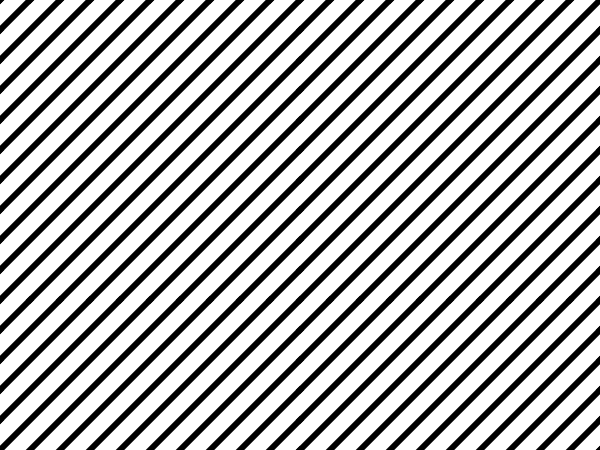



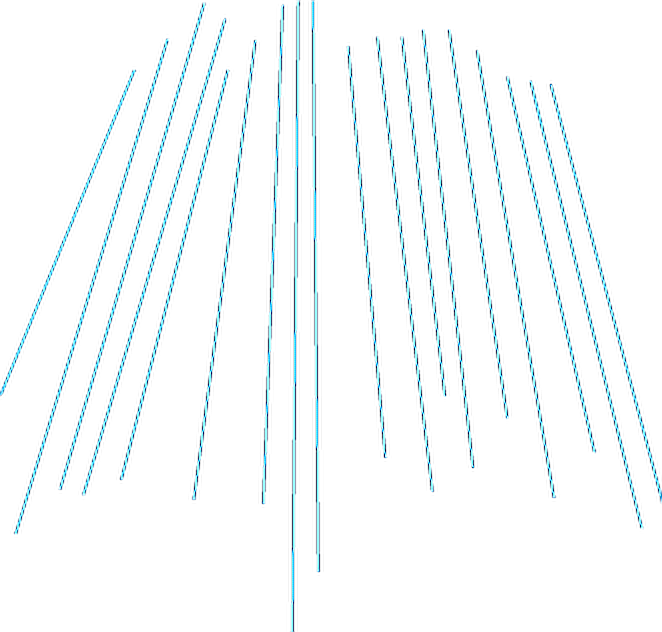

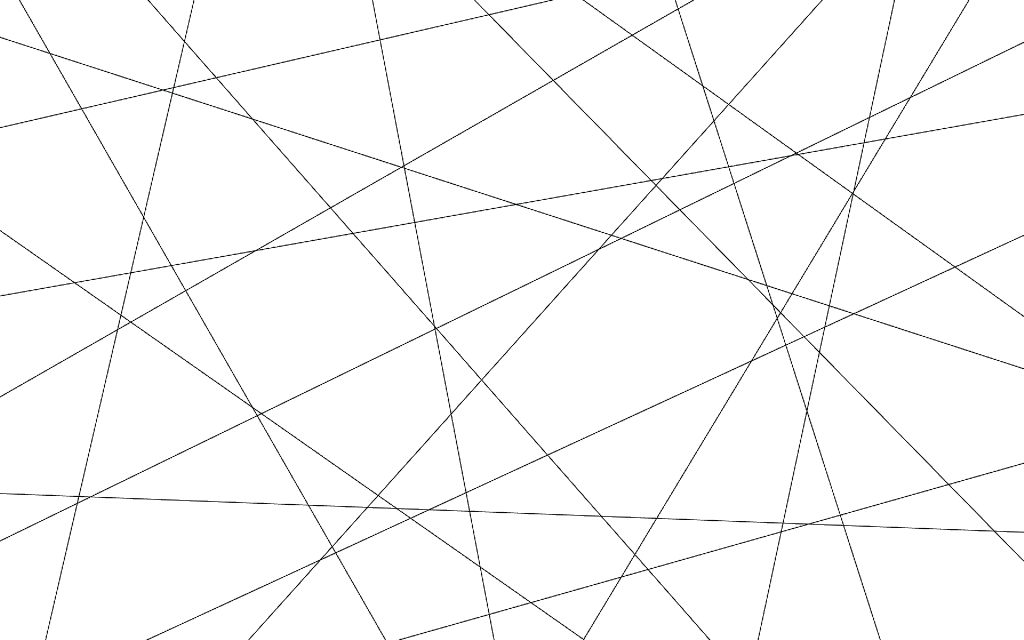
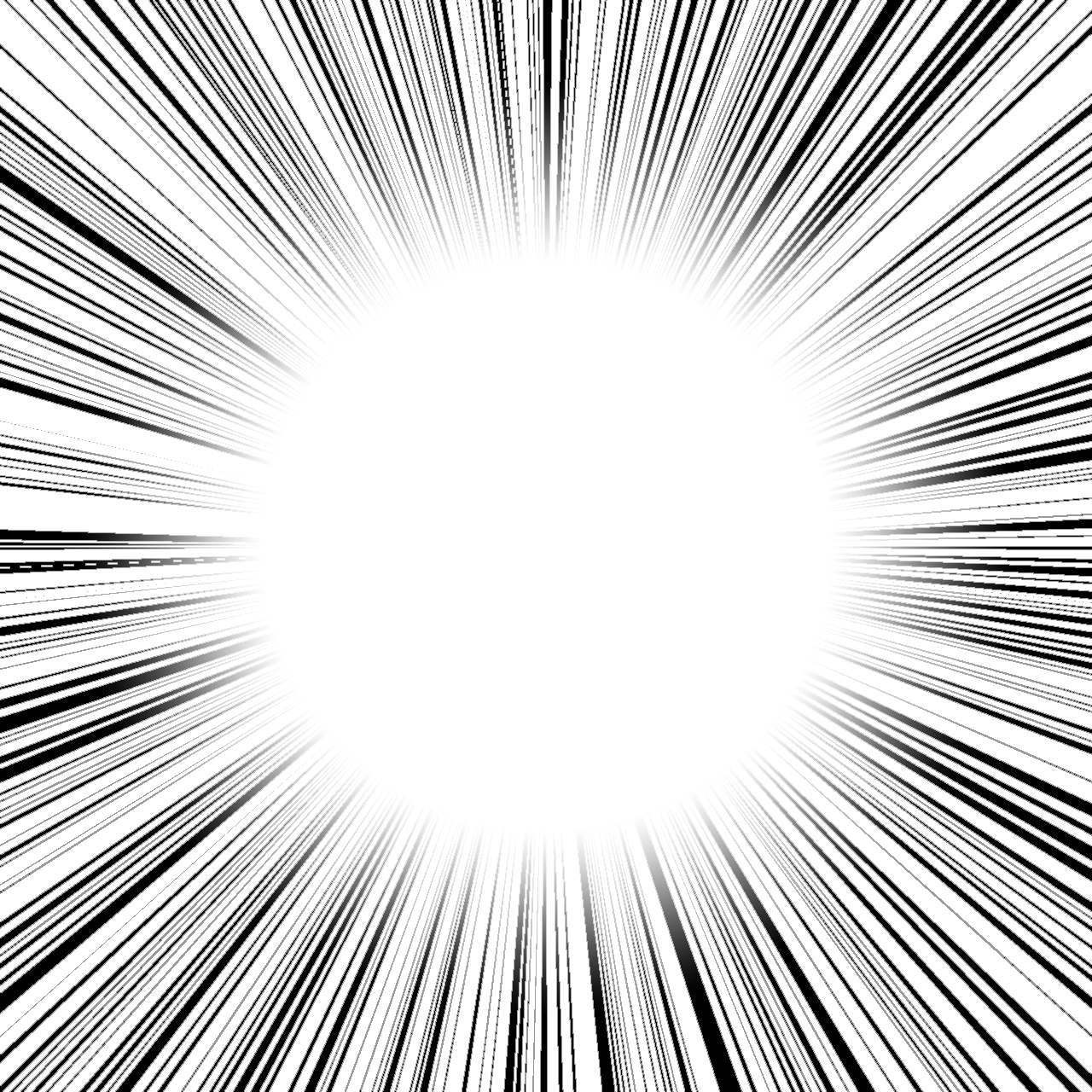
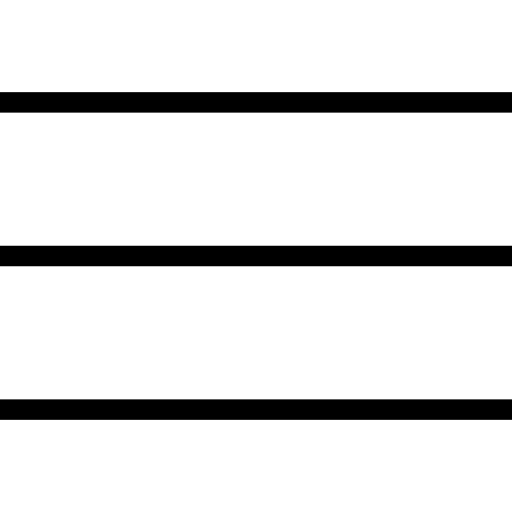

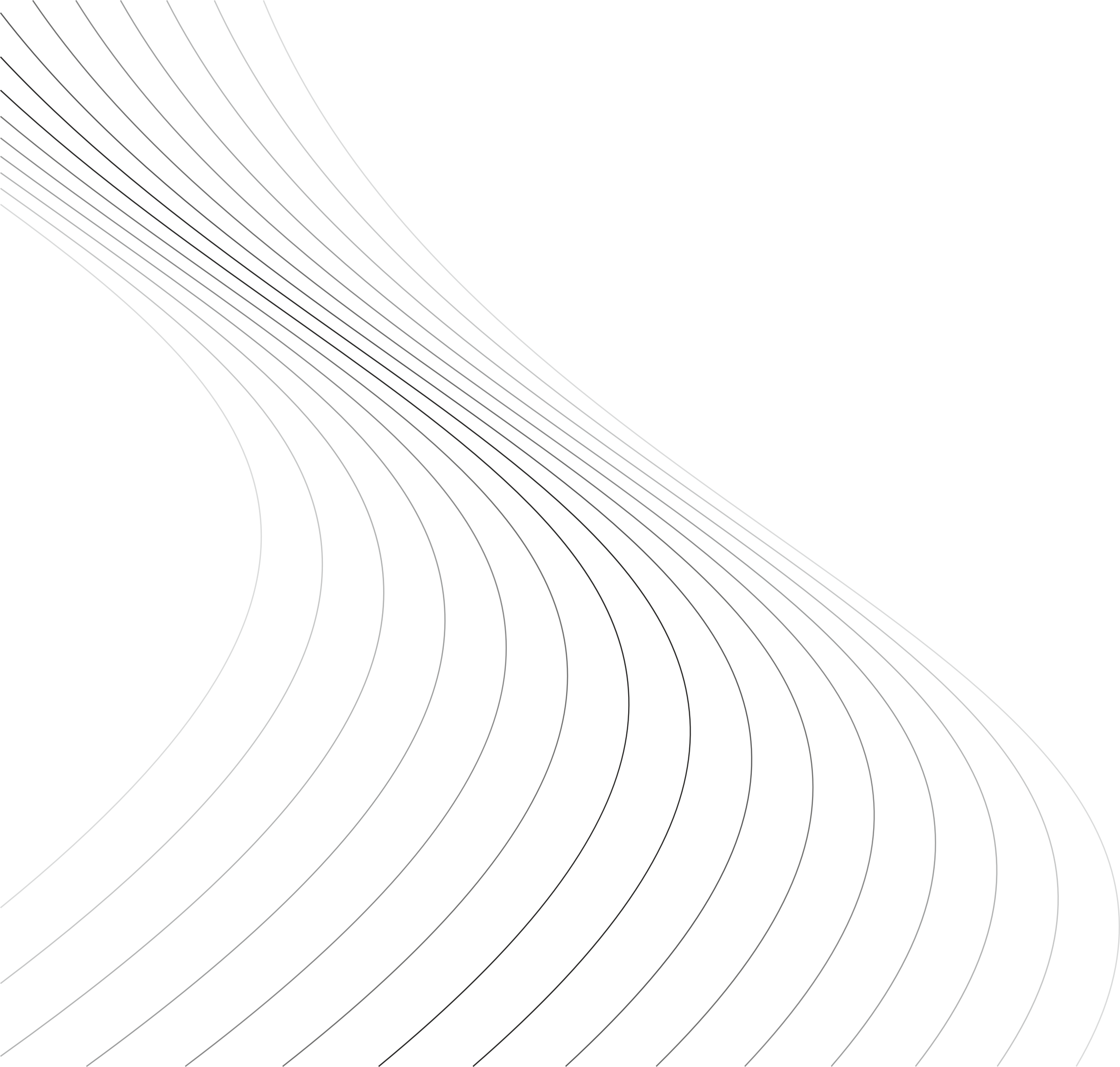


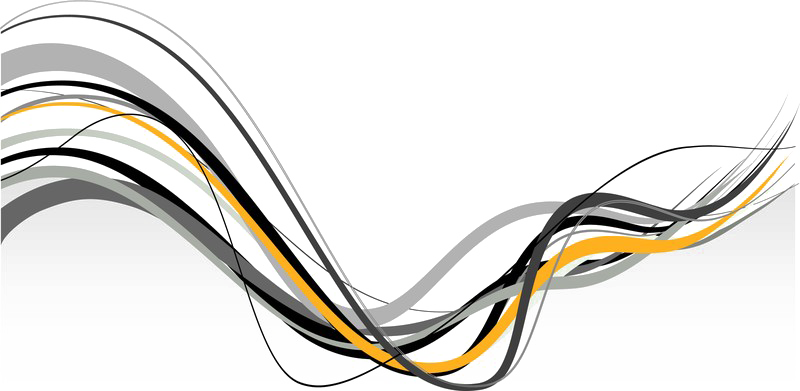

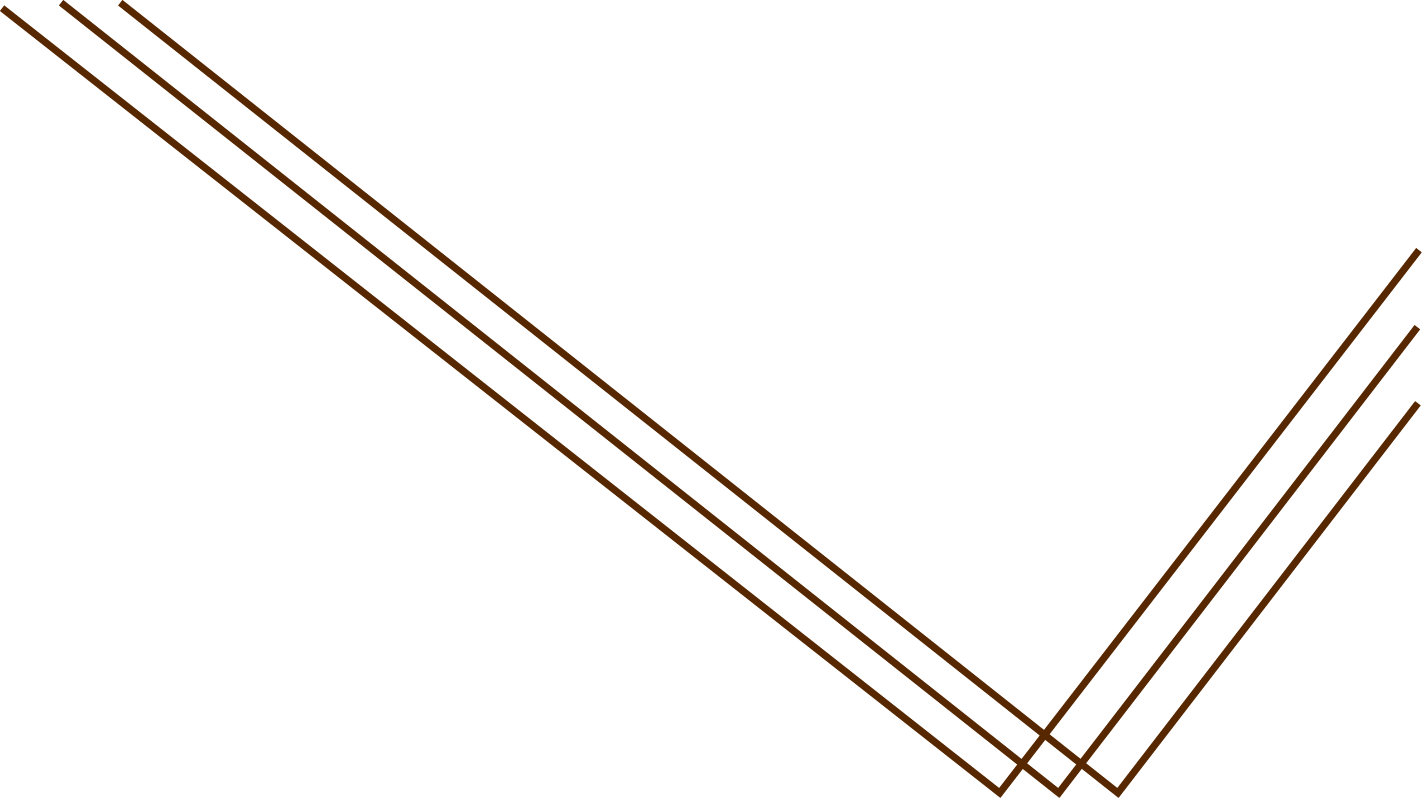

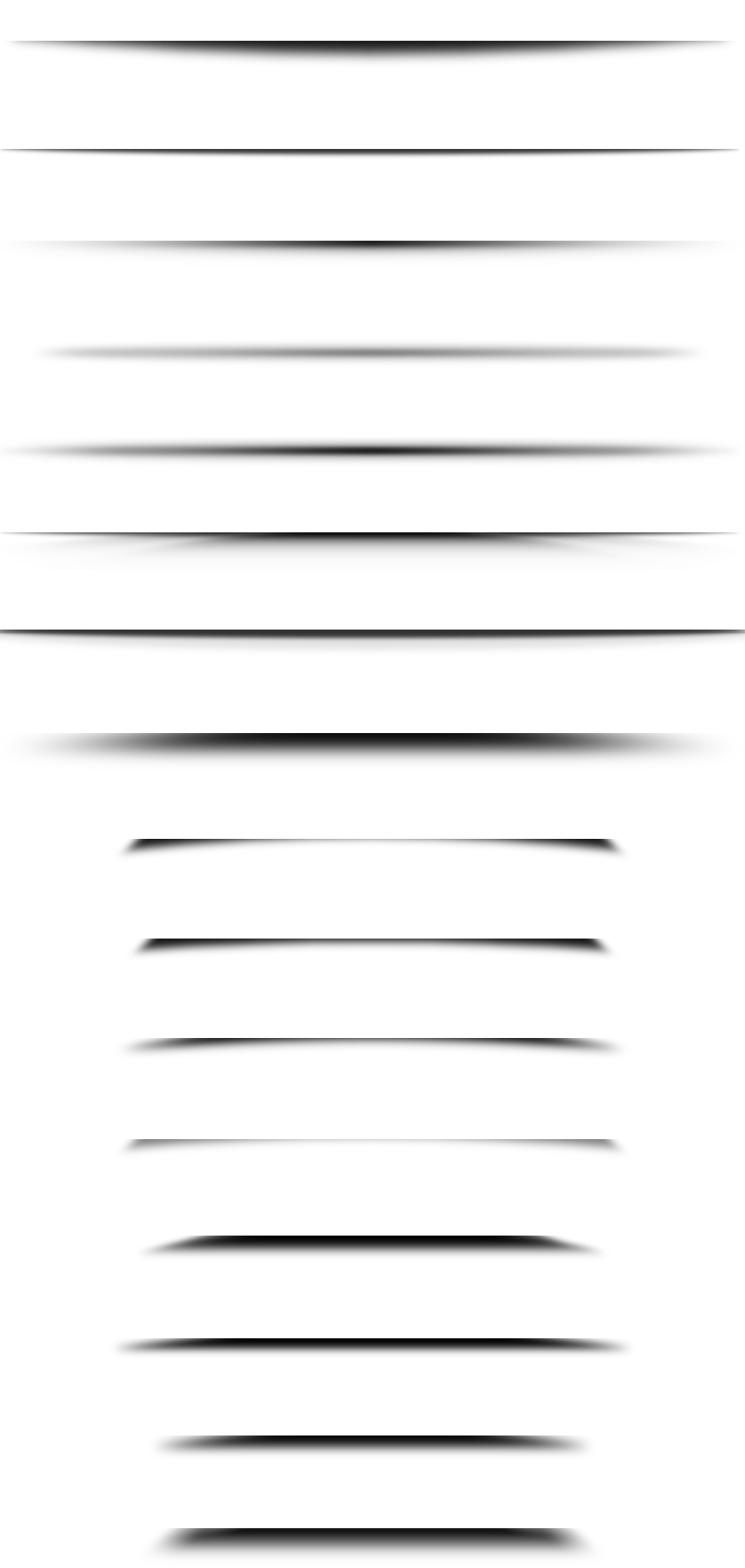
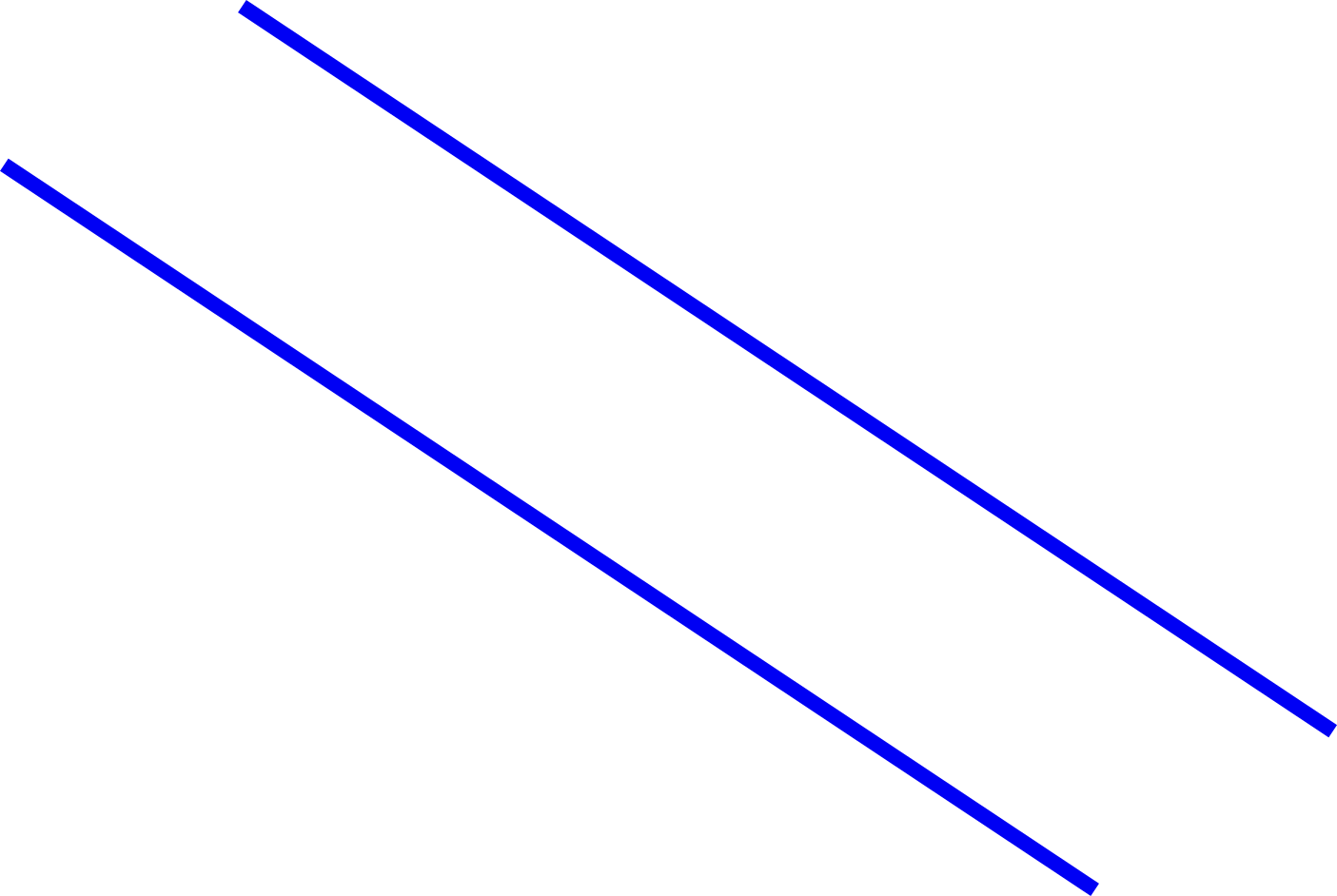
Excellent quality line images. Many thanks